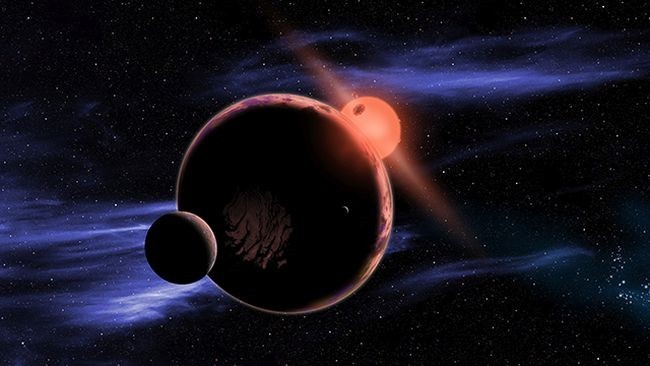A group of US scientists has developed a new method that can help identify exoplanets with the greatest potential to harbor life. The novelty was described in a study published in the scientific journal Astrophysical Journal Letters in November and may facilitate the work of the James Webb telescope, which will launch shortly.
The team of Northwestern University researchers combined 3D climate models with a pioneering atmospheric chemistry experiment to explore the habitability of planets located outside the solar system around dwarf stars M to simulate the atmospheres of these locations.
Since there are many such planets and stars, the goal is to limit the number of most promising places for alien life, as scientist Howard Chen, one of the study’s authors, described, enabling astronomers to point telescopes at these regions of space by defining priorities.

According to Chen, the new method can greatly help answer whether we are alone in the universe or not. “If we can predict which planets are most likely to host life, then we can be much closer to answering it on the time horizon of our lives,” he said.
What were the results?
In the simulations, Northwestern researchers found that exoplanets around active stars, which emit large amounts of ultraviolet radiation, are vulnerable to water loss due to vaporization. Those which orbit inactive or silent stars are more likely to retain liquid water, essential for life.
Experience has also shown that planets with thick layers of ozone allow for a large penetration of UV rays, making it impossible to maintain life even at adequate temperatures.
The results could be used to develop James Webb space telescope tools to detect water vapor and other important data in search of habitable planets. The equipment is expected to launch by 2021.